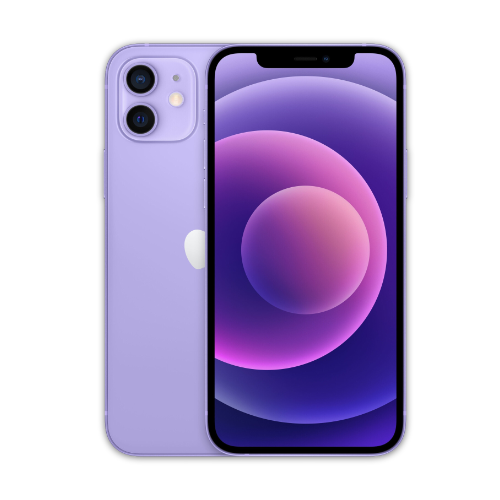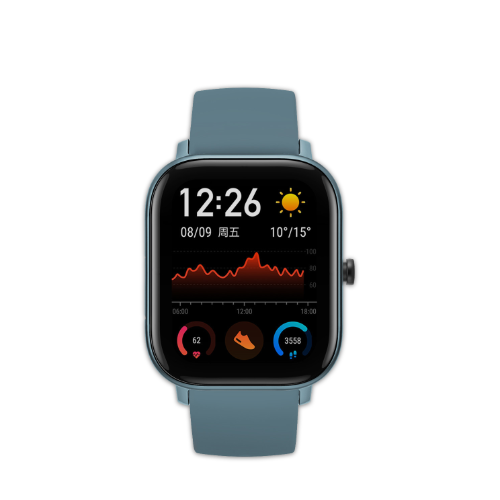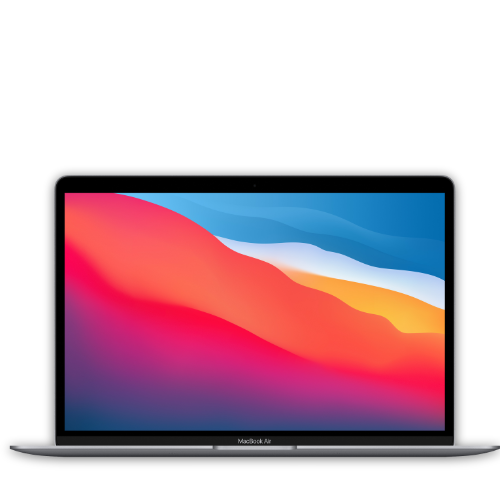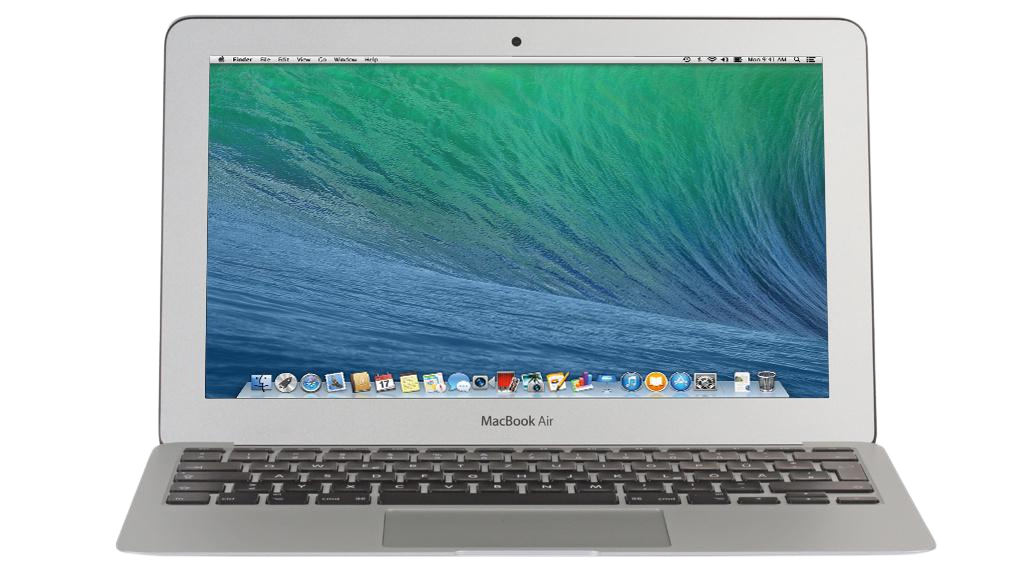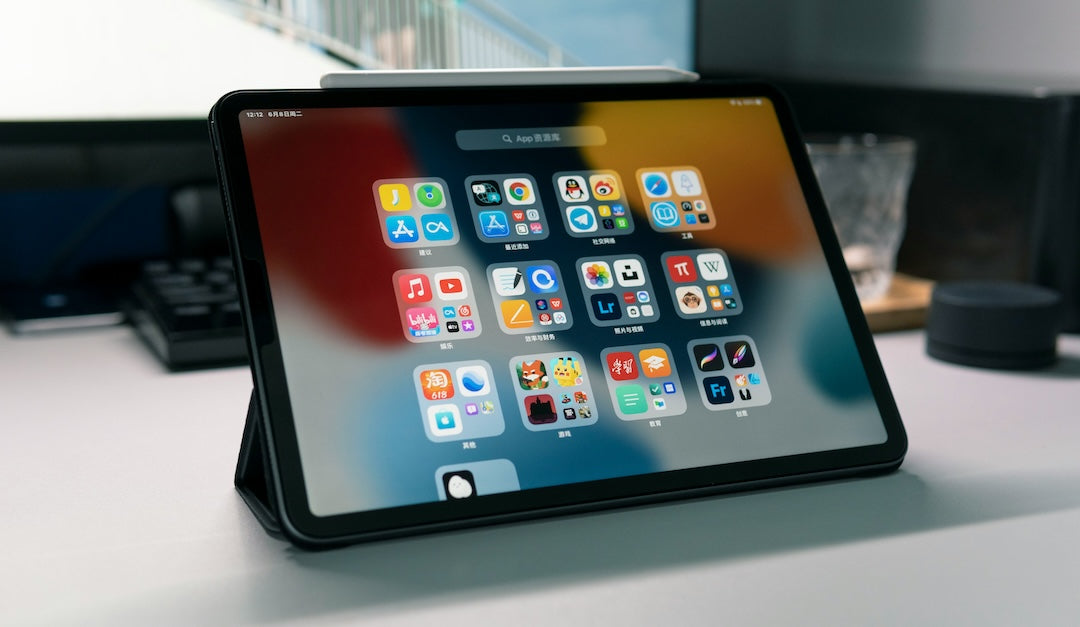Artificial intelligence has not only made headlines in recent years, but has also fundamentally changed the way we use technology in everyday life. OpenAI, as one of the pioneers in this field, on May 13, 2024 a new model for ChatGPT introduced: GPT-4oThis latest version of their Generative Pre-trained Transformer series promises to be even more powerful and versatile than its predecessors.
The GPT-4o model stands out for its impressive multimodality, with the ability to not only understand but also generate content in text, image and audio. This makes it one of the most advanced tools on the market. OpenAI is now making this model available to all users for free, with Plus users able to benefit from up to five times the capacity limit. But what does this mean in concrete terms and why could this release be a strategic move right now, just before Google I/O?
In this article, we take a detailed look at the capabilities, innovations, and potential impact of GPT-4o in the world of artificial intelligence and beyond.
What can GPT-4o do? All functions at a glance!
The GPT-4o model represents the latest pinnacle in the evolution of OpenAI's Generative Pre-trained Transformers. This model is not just an improvement on the previous version, but a major leap in the development of artificial intelligence. With free access for all users and expanded capabilities for Plus users, OpenAI is setting new standards in accessibility and performance.
key features and improvements
multimodality
One of the most striking aspects of GPT-4o is its multimodality capability. Users can now communicate seamlessly using text, images and audio:
- Text: GPT-4o processes and generates text with unprecedented precision and speed.
- Picture: The model can analyze images and generate answers or ask questions based on them.
- Audio: Users can talk to GPT-4o and receive answers in real time.
These multimodal capabilities enable more versatile and intuitive human-machine interactions that go far beyond traditional text input.
developer access and API functions
GPT-4o is a significant resource not only for end users but also for developers. The model's API is cheaper and faster than previous versions, making it ideal for a variety of applications:
- cost reduction: Developers can use the model at lower prices, which encourages innovation.
- speed increase: Faster response times significantly improve the user experience.
New voice mode features
GPT-4o’s advanced language features not only improve accessibility but also improve communication efficiency:
- real-time interactions: The model can respond to voice input in real time, which is critical for applications such as virtual assistants and interactive educational tools.
- language support: With enhanced capabilities in over 50 languages, GPT-4o makes AI technology more accessible globally.
security aspects and evaluations
OpenAI has extensively tested GPT-4o to ensure high security. The model has performed well in various evaluations, which underlines the accountability and reliability of its applications.
Strategic aspects of publication
The launch of GPT-4o one day before major industry events such as Google I/O on May 14, 2024, shows OpenAI's ambitions and strategic timing. This tactic could be aimed at gaining a head start over competitors and maximizing media attention.
With these impressive features and strategic considerations, GPT-4o positions itself at the forefront of technological innovation. In the next section, we will take a closer look at the expanded accessibility and planned developments that this model brings.
When will GPT-4o be released?
In addition to building technical improvements into GPT-4o, OpenAI has also significantly expanded the accessibility of its advanced AI technologies. These initiatives aim to enable the use of AI in even broader and more diverse use cases.
Gradual rollout of GPT-4o features
The phased rollout of GPT-4o begins with enhanced text and image processing capabilities, and will soon be expanded to include audio and video interactions. This phased implementation allows OpenAI to collect feedback and continuously optimize performance before rolling out more features globally:
- text and image: Available immediately, with a focus on improved processing and generation.
- Audio: Coming next, with real-time response capabilities, ideal for interactive media and communications applications.
- video: Planned for the near future to further deepen the interaction possibilities.
Future Perspectives and Applications
GPT-4o is designed to serve not only as a tool for developers, but as an integral part of many industries and everyday applications. GPT-4o's capabilities are expected to be extended in the following areas:
- Global language support: Over 50 languages are supported, lowering the global barrier to the use of AI technology.
- Desktop app: The launch of a new desktop app for macOS, which will soon also be available to Windows users, underscores the effort to increase accessibility and enable seamless integration into many users' work environments.
Visual and linguistic interactions
With the introduction of real-time interactions via images and voice commands, and the planned introduction of video interactions, OpenAI is setting new standards for human-machine interaction possibilities. These developments will make it possible to integrate AI into even more everyday situations, from education to customer service to personal assistance.
What does this mean for the future?
The ambitious plans for future developments make OpenAI one of the most important players in the future of artificial intelligence.By continually improving and expanding its capabilities, this model promises to fundamentally change the way we interact with technology.
In the next section, we summarize what these innovations mean for the future of AI and what impact they could have on various industries and everyday life.
How to use GPT-4o practically in everyday life
ChatGPT with GPT-4o opens up a variety of possibilities for normal users to make their daily tasks more efficient and interactive. Here are some practical applications that show how GPT-4o can enrich your everyday life:
- Personal Assistant: GPT-4o can serve as your personal assistant, helping you organize your daily routine, schedule appointments, and set reminders. Thanks to the improved voice functions, you can talk to GPT-4o as if you were interacting with a human, making it particularly intuitive to use.
- learning aid: For students, GPT-4o offers unparalleled learning support. It can explain complex topics, create practice exercises, and even help prepare for exams. The ability to generate content in text and image form makes it a versatile learning tool.
- Creative projects: Whether you're writing a novel, planning an art project, or composing music, GPT-4o can provide creative inspiration and feedback on your ideas. The AI can make suggestions that enrich your creative process and help you discover new perspectives.
- Everyday questions and decision support: GPT-4o can also serve as an advisor in everyday life. From cooking recipes to travel tips to product comparisons, the model can provide relevant information and help you make informed decisions.
- Language translation: With support for over 50 languages, GPT-4o can act as a powerful translation tool to help you overcome language barriers, whether on vacation or in international business.
- accessibility: GPT-4o is also a great help for people with disabilities. The ability to respond to spoken commands and process visual information can make everyday life much easier for people with visual or motor impairments.
The wide range of possible applications makes GPT-4o a valuable tool for everyone. From personal assistance to creative inspiration, the possibilities offered by this AI model are virtually unlimited and can help improve the quality of life and simplify everyday tasks.
Conclusion: The future of AI with GPT-4o
Summary of the most important innovations
GPT-4o marks a significant advancement in the world of AI, setting not only technical improvements but also new standards in accessibility and usability. The key innovations, such as multimodality and improved speed and efficiency, open doors for sophisticated user interactions that were not possible before. Equally significant is the strategic launch and timing of the release, which could give OpenAI an advantage in competing with other tech giants such as Google.
What will ChatGPT change?
With the integration of text, images, audio and soon video, GPT-4o has the potential to revolutionize a variety of industries:
- Education: Personalized learning aids and interactive educational formats could make learning more efficient and accessible.
- healthcare system: From improved diagnostic tools to personalized therapy assistants, GPT-4o could profoundly transform patient care.
- customer service: Automated yet personal interactions could increase customer satisfaction while reducing operating costs.
- creative industry: Artists and designers could benefit from GPT-4o's enhanced capabilities to explore new forms of content creation.
Outlook and Challenges
While GPT-4o opens up many opportunities, challenges remain, particularly in the area of security and the ethical implications of AI use. While OpenAI has conducted extensive security testing, implementation in broad and diverse environments will require constant monitoring and adjustments to ensure the integrity and security of AI interactions.
Personal opinion
Finally, I would like to stress how impressive the continued development of the GPT-4o model is. OpenAI has not only pushed technological boundaries, but has also shown how important access and ethical use of AI is. The GPT-4o model could actually revolutionize the way we use technology and make it an even bigger part of our everyday lives. It will be exciting to see how these technologies continue to evolve and what new opportunities they will open up for all of us.

